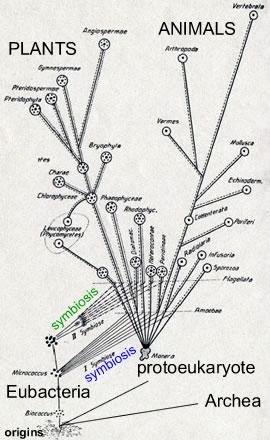Your question, "how the different organelles of the egg cell work together to make the cell" is a little confusing for me.
Perhaps the most important point to recognize is the continuity of cells, cells are made by other cells, not their organelles. This Cell Theory of Life states that once the first cells first formed, sometime around 3.5 to 3.8 billion years ago, subsequent cells have always been the product of other cells.
This implies that there is an unbroken line of descent from modern cells to those first cells.
If we talk about how different organelles work together, that is a different question all together.
In the context of the prokaryotes, i.e. the archea and the eubacteria, both have a relatively simple overall cellular structure, characterized by a cell wall, plasma membrane, and cytoplasm - which contains the cell's genetic material, its chromosome.

